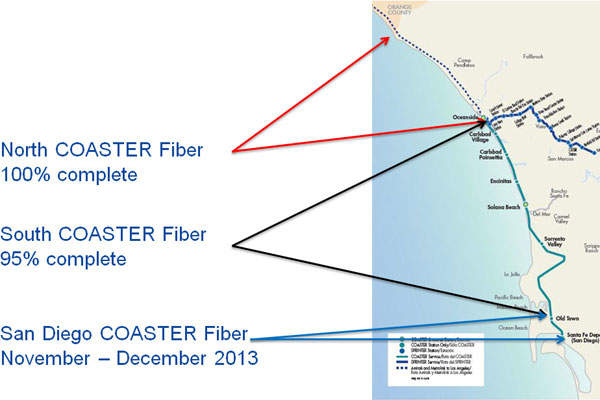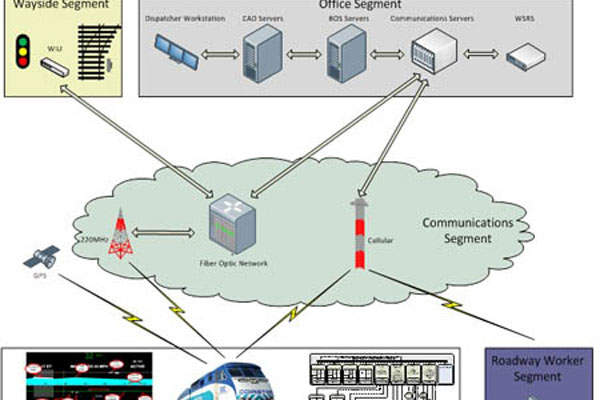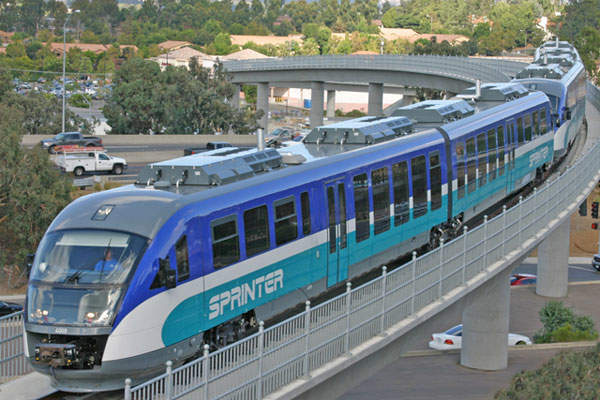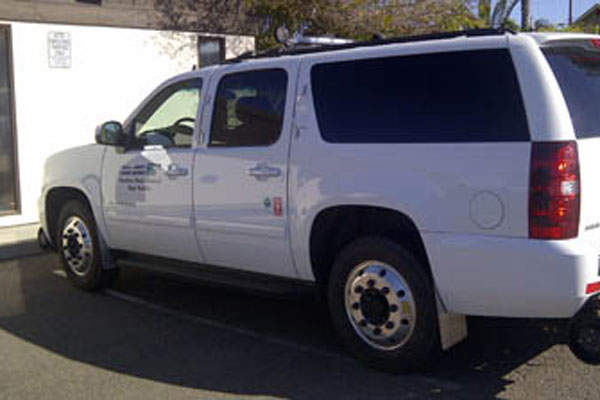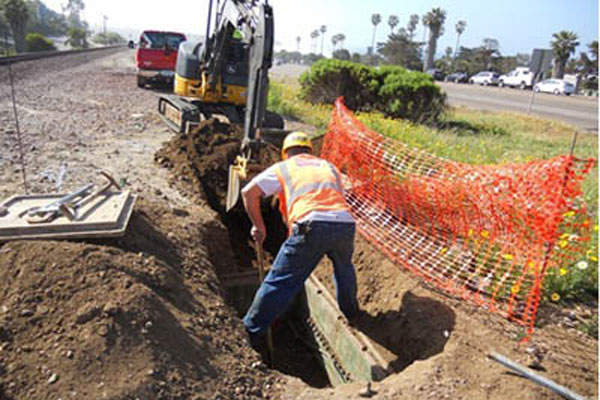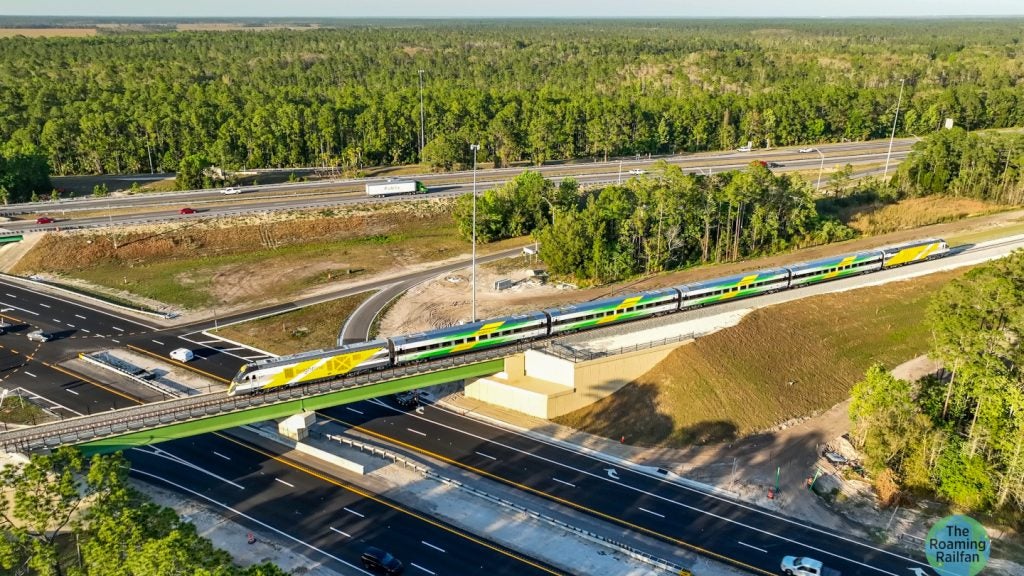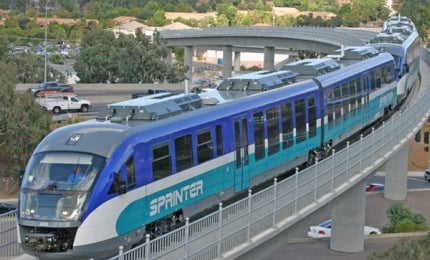
Positive Train Control (PTC) is a rail safety technology being widely implemented across US commuter rail lines to avoid train accidents due to human errors. The Rail Safety Improvement Act (RSIA) was enacted by the US Congress in 2008 and mandates all commuter lines in the country, involving 70,000 miles of track and 20,000 locomotives to be equipped with PTC by the end of 2015.
The North County Transit District (NCTD), a regional transportation network serving more than 12 million passenger trips annually, started implementing the PTC system on its 60.3-mile (97km) rail corridor in San Diego, California, in 2012. The $87m project is expected to be completed before the US Federal Railway Administration’s (FRA) deadline of December 2015.
Details of the Positive Train Control technology
Positive Train Control integrates multiple technologies, including global positioning system (GPS), on-board computers and digital communications. These measures aim to monitor train movements, detect upcoming conditions and prevent collisions between trains, in addition to over-speed derailments, invasion into work zones and improper train movements.
The PTC technology uses software that can accurately calculate the braking distances for different types of trains and a reliable wireless communication network to transmit information between all the system components. It can also stop the train in the event that the crew is unable to handle it in dangerous situations.
The infrastructure of the PTC system typically includes five segments; a back office housing servers and databases to receive information related to tracks, train locations, speed limits and work zones, the wayside segment comprising interlocking and right-of-way infrastructure, the onboard segment displaying rolling stock information, the roadway worker protection system, and lastly, the communications segment involving ground-based, land mobile data radio and wireless networks.
PTC project development
In 2008, NCTD formed a committee to develop a plan for implementing PTC on the San Diego subdivision rail corridor, which is used for both passenger and freight operations. FRA approved the PTC implementation plan in 2010 and the project implementation contract was awarded in August 2011.
The Exposition Transit Corridor is a 15.2 mile-long light rail transit system between Los Angeles and Santa Monica in California, US.
The design of the PTC systems was completed in 2012 and the assembly of components has been underway since then. As of the beginning of 2014, fibre-optic cables were installed between the Orange Countyline and Old Town in San Diego, which precedes the installation of communication infrastructure, on-board systems, as well as system testing.
NCTD is developing a test and training facility comprising all PTC elements to help perform comprehensive hardware and software testing. The facility will also be used as a training centre for the operations and maintenance staff.
In addition, NCTD is planning to use a hi-rail suburban vehicle that can run on railway track to test the PTC system on the corridor. FRA is expected to test the system on the corridor in the first half of 2015.
The office segment for the PTC system will be located at the rail operations centre within the Sprinter operations facility in Escondido, California, whereas NCTD’s general administration office will be used as a second office location for the project.
Contractors involved with NCTD’s PTC project
Herzog Technologies was awarded the contract for implementing the PTC technology on San Diego subdivision rail corridor in August 2011.
Wabtec Corporation was awarded a $9m contract by Herzog in July 2013 for providing PTC equipment and services, including its interoperable electronic train management system, as well as back-office engineering and systems integration support.

